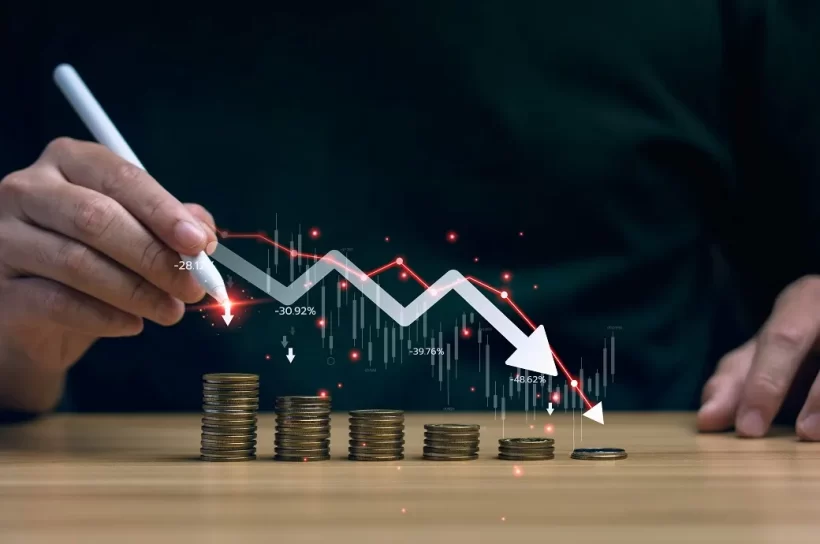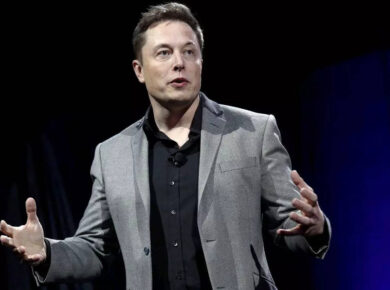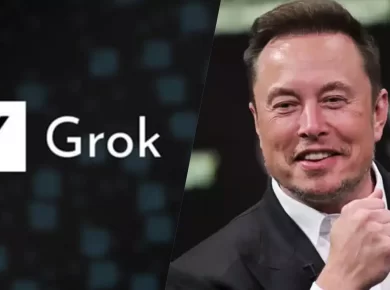📈 Trump Tariffs Escalate: Global Trade Tensions and Economic Fallout Intensify
Trump tariffs are once again at the heart of a growing global economic storm. As the Trump administration reintroduces aggressive import duties on foreign goods — from steel and vehicles to consumer electronics — international trade tensions are boiling over. With inflation fears, retaliatory measures, and unstable markets, these tariffs are sending ripple effects through economies around the globe.
This comprehensive analysis explores the nature of these tariffs, the political motivations behind them, their real-world economic consequences, and the uncertain future of global trade.
🌍 The Trump Tariffs Policy: What’s New?
The Trump tariffs strategy reflects a renewed attempt to protect American industries while pressuring trade partners into renegotiating deals. Key elements include:
-
📌 Steel Tariffs: Raised from 25% to 50% in April 2025, these target major exporters like China and Brazil, under the claim of protecting U.S. manufacturing jobs.
-
📌 Automotive Tariffs: A sweeping 25% duty on all non-U.S.-made vehicles, affecting major European and Asian automakers.
-
📌 “Liberation Day” Tariffs: Introduced as part of a broader declaration on April 2, these target a diverse range of goods from Canada, Mexico, China, and the EU.
The administration’s rationale: a tougher stance against trade imbalances and a return to American industrial strength. But the economic and diplomatic costs are mounting.
📉 Economic Impact of Trump Tariffs on the U.S. and Beyond
The economic impact of Trump tariffs has been far-reaching — especially for businesses, consumers, and international partners.
-
📉 Manufacturing Slowdown: U.S. manufacturing has contracted for three consecutive months. Higher input costs have stalled production lines and led to workforce reductions.
-
📈 Rising Consumer Prices: Companies are passing import costs to customers, raising prices on everything from home appliances to imported cars.
-
💸 Inflation Risks: Analysts warn that sustained tariffs could drive inflation beyond Federal Reserve targets, forcing interest rate hikes that could weaken investment.
“The Trump tariffs may protect some industries in the short term, but they also introduce price pressures that hurt average consumers,” say economic analysts from Bloomberg.
🔁 Global Reactions and Countermeasures
Several countries have pushed back against the Trump tariffs with strong countermeasures:
-
🇨🇳 China: Launched retaliatory tariffs on over $30 billion in U.S. goods and opened investigations into American firms like Google and Boeing.
-
🇨🇦 Canada: Targeted U.S. goods such as beer, ketchup, and washing machines with 25% duties in response.
-
🇲🇽 Mexico: Announced reciprocal tariffs on American agricultural exports, impacting U.S. farmers and agribusinesses.
These moves have intensified global trade tensions, with leaders accusing the U.S. of violating WTO agreements and undermining decades of economic cooperation.
🏗️ Industry-Level Effects of Trump Tariffs
Different industries are responding in dramatically different ways to Trump tariffs:
-
🔧 Steel Industry: While U.S. steelmakers like Cleveland-Cliffs and U.S. Steel report rising stock values, downstream manufacturers face higher costs for raw materials.
-
🚗 Auto Industry: Automakers such as Ford and GM are caught in a bind — benefiting slightly from reduced competition, but suffering from parts tariffs and supply chain disruptions.
-
🌾 Agriculture: The farming sector, reliant on exports, is experiencing deep losses due to foreign countermeasures — especially from China.
“There’s no denying that Trump tariffs are creating winners and losers across sectors,” said an economist from the Peterson Institute for International Economics.
📊 Markets in Flux: Financial Volatility Grows
U.S. and global markets have seen increased volatility amid the uncertainty surrounding Trump tariffs:
-
📉 The S&P 500 fell 1.8% following tariff announcements.
-
📉 The Dow Jones dropped over 600 points in a single trading day.
-
📉 Nasdaq tech stocks slid as fears mounted over Chinese retaliation against Silicon Valley firms.
Currency markets have also reacted: the U.S. dollar hit a 6-week low, while safe havens like the Japanese yen and Swiss franc strengthened.
⚖️ Legal, Diplomatic, and Political Fallout
The reintroduction of Trump tariffs has sparked:
-
🧾 WTO Challenges: Several nations are preparing to challenge the tariffs under World Trade Organization rules.
-
🇺🇸 Domestic Lawsuits: U.S.-based companies dependent on imports are filing legal appeals, citing unfair cost burdens.
-
🗳️ Political Division: While Trump’s base supports the measures as “America First,” opposition leaders argue that the strategy is shortsighted and economically dangerous.
🧭 What’s Next for Trump Tariffs and Global Trade?
As of mid-2025, Trump tariffs show no signs of easing. While some sectors enjoy protection, others suffer from cost surges and retaliation. Diplomatic tensions are escalating, and businesses around the world must navigate an increasingly fragmented trade environment.
Will protectionism redefine global trade permanently — or is this a phase before multilateral agreements are reborn?
Only time will tell, but for now, the global economy is adjusting to a new, uncertain trade paradigm driven by the resurgence of Trump tariffs.
For more updates, explore the Current News. Feel free to share your thoughts and comments.
If you’re passionate about building a successful blogging website, check out this helpful guide at Coding Tag – How to Start a Successful Blog. It offers practical steps and expert tips to kickstart your blogging journey!






